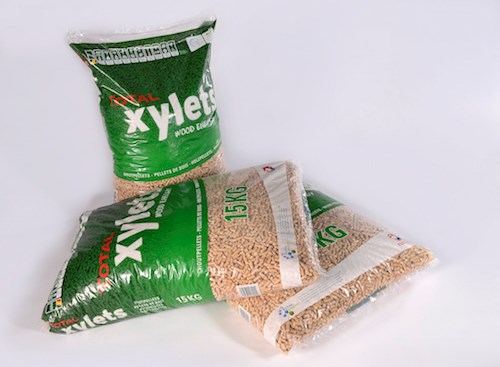Metallocene PE To See Increased Growth with Films in the Lead
Global study says North America has accounted for the largest share of the global mPE market.
A new study on the metallocene PE (mPE) global market sees continued growth in demand, led by film application segments. Just released by India-based global market research firm MarketsandMarkets, the new report is titled “Metallocene Polyethylene Market by Type (mHDPE, mLDPE,mLLDPE,others) by Application (Film, Sheet, Injection Molding, Extrusion Coating, others) and by Region—Global Forecast to 2020.”
Among the key findings:
The mPE market in North America accounted for the largest share, by volume, of the global mPE market in 2014.
North America is projected to register the largest share by 2020, owing to increasing demand from various end-use industries, such as packaging, electronics, and pharmaceuticals.
Among the applications, the film segment has been in the lead in the mPE market. In terms of volume, film accounted for the largest share in 2014. Moreover, it is projected to be the fastest-growing application segment of the mPE market through 2020.
The film application segment’s continued growth is primarily attributed to increasing demand from the packaging industry.
The sheet segment is the second largest application segment for mPE. This segment’s growth is being driven by demand from end-use applications such as lamination, thermoforming, and machining.
Low-MFR material is used to make sheets for thermoforming, machining, welding, and laminating. Among the advantages of PE sheet structures with an mPE component are good rigidity-to-thickness ratio, toughness, moisture and chemical resistance, non-toxicity, and good moisture barrier properties.
Prominent players in the mPE market include Dow Chemical, ExxonMobil Chemical, Chevron Phillips Chemical, LyondellBasell Industries and Total Petrochemicals.
Search for nearly 100,000 grades of polymers on the Universal Selector by clicking here: http://www.ptonline.com/materials

Related Content
-
How Screw Design Can Boost Output of Single-Screw Extruders
Optimizing screw design for a lower discharge temperature has been shown to significantly increase output rate.
-
What to Know About Your Materials When Choosing a Feeder
Feeder performance is crucial to operating extrusion and compounding lines. And consistent, reliable feeding depends in large part on selecting a feeder compatible with the materials and additives you intend to process. Follow these tips to analyze your feeder requirements.
-
Reduce Downtime and Scrap in the Blown Film Industry
The blown film sector now benefits from a tailored solution developed by Chem-Trend to preserve integrity of the bubble.















